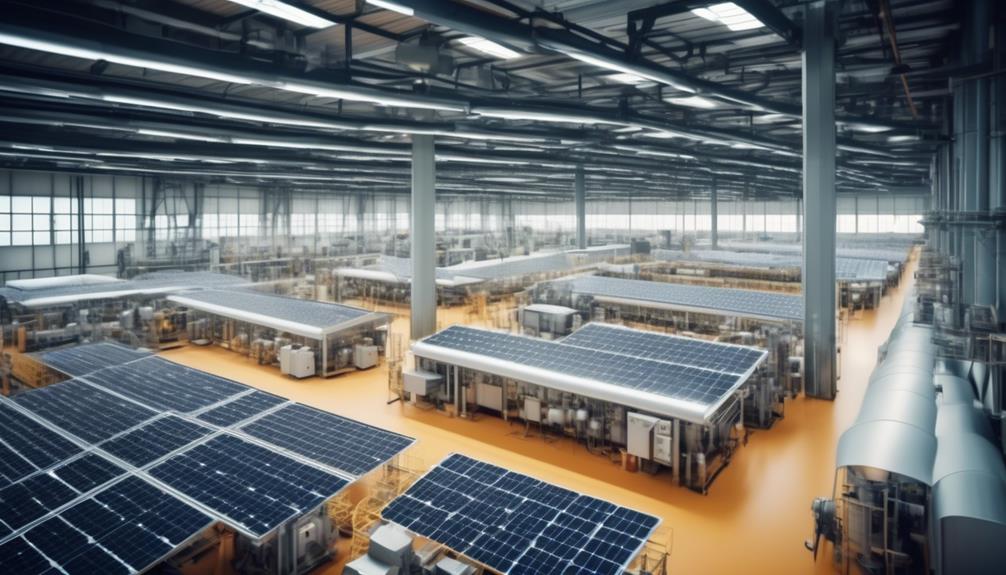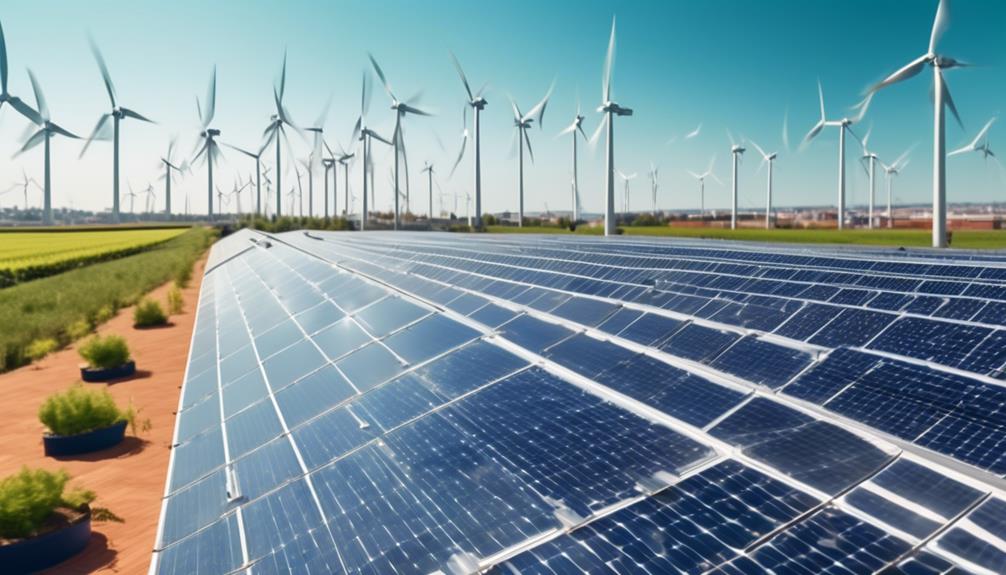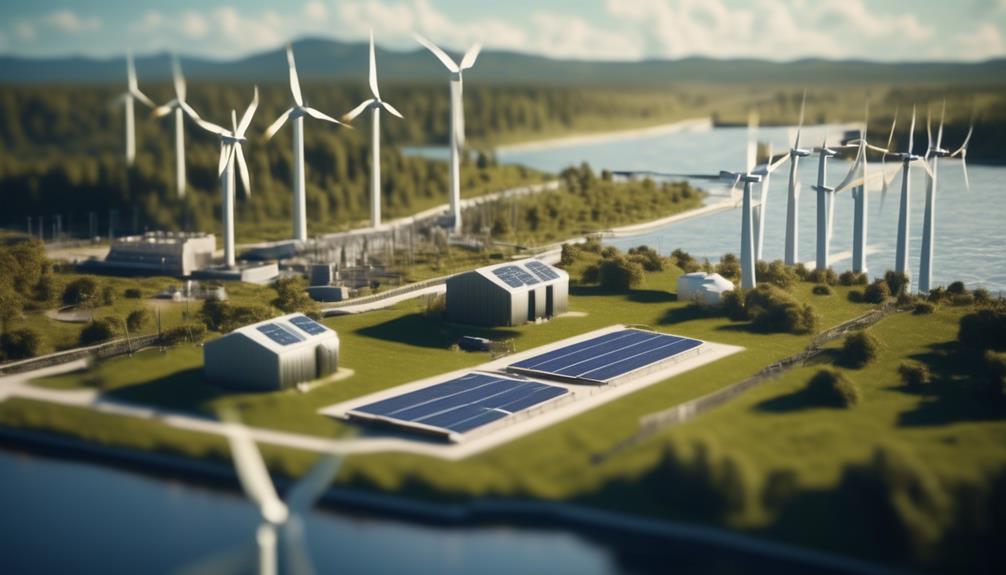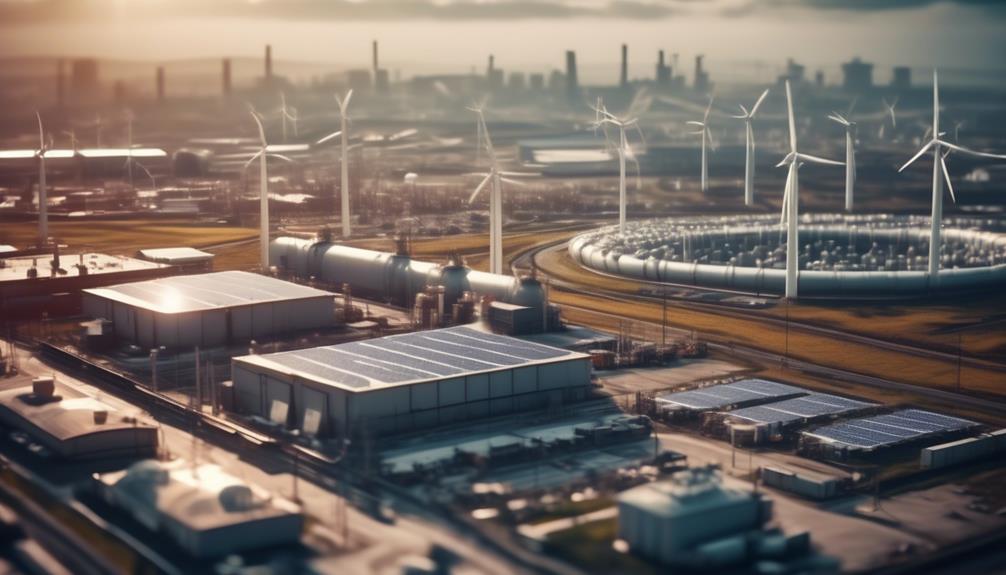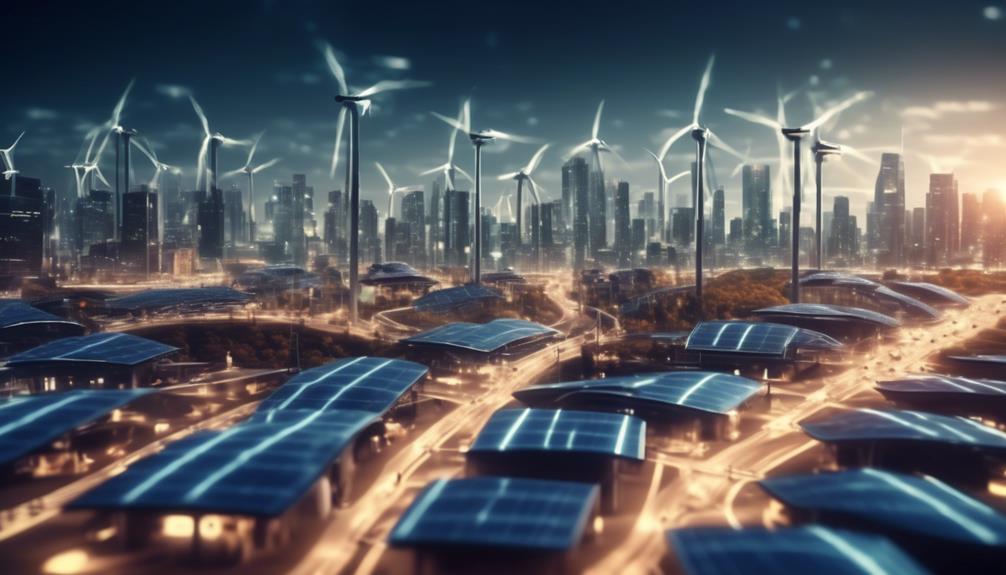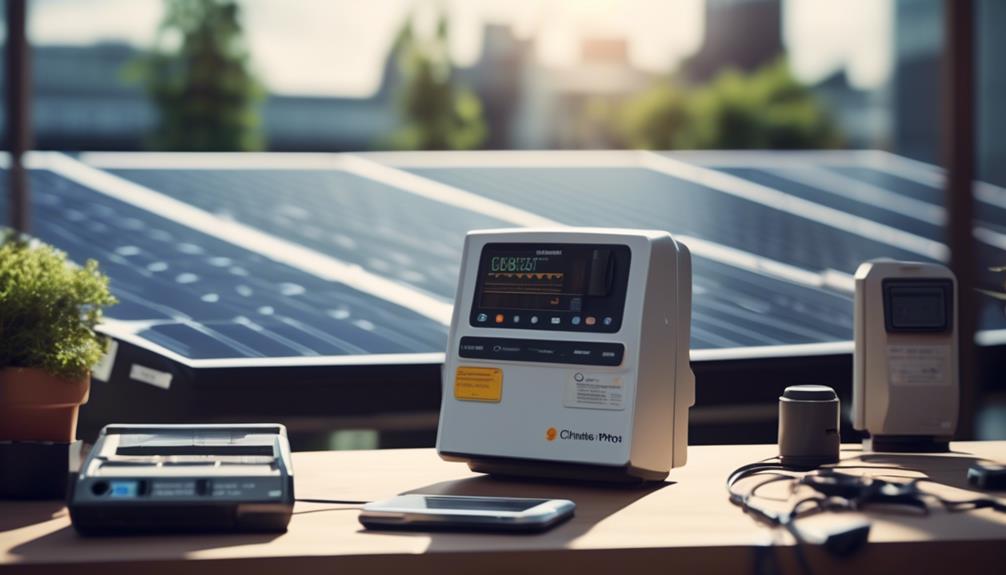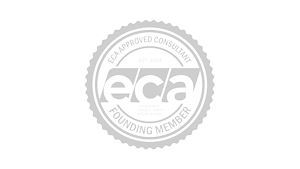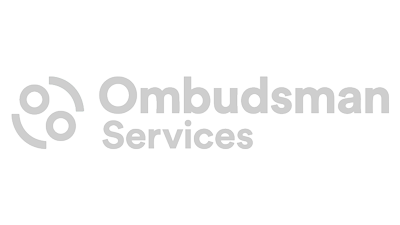In today’s corporate world, the quest for reducing energy consumption while bolstering sustainability initiatives is at the forefront of strategic planning. Navigating the complexities of energy management, businesses are on a relentless search for innovative solutions that not only mitigate their environmental impact but also bolster their bottom line through significant cost reductions. The challenges of transitioning to greener practices and the adoption of cutting-edge technologies can seem daunting, yet the potential rewards are too significant to ignore.
With a deep understanding of these dynamics, this article is crafted to serve as a beacon for organisations eager to revolutionise their energy use. Drawing on a wealth of expertise in sustainable strategies and technological advancements, it promises to guide businesses through the labyrinth of options available, offering practical insights and actionable recommendations.
As we delve deeper into the narrative, readers can expect to uncover transformative approaches that align with their sustainability goals, ensuring they are well-equipped to make informed decisions that drive efficiency and foster environmental stewardship.
Continue reading to explore how your organization can turn the tide on energy consumption, stepping confidently into a more sustainable and cost-effective future.
Harnessing Renewable Energy Sources
Harnessing renewable energy sources presents a compelling opportunity for businesses to reduce their environmental footprint while simultaneously enhancing operational efficiency and cost savings.
By integrating renewable energy sources such as solar panels and wind turbines, businesses can significantly reduce their reliance on fossil fuels, thereby decreasing their carbon footprint and greenhouse gas emissions. This proactive approach not only aligns with sustainable future goals but also demonstrates a commitment to environmental stewardship.
Moreover, businesses can take advantage of government incentives and tax credits for renewable energy installations, resulting in substantial cost savings while contributing to a greener future. Exploring wind energy options, geothermal systems, and microgrid integration further enhances energy management strategies, paving the way for more efficient heating, cooling, and electricity distribution.
In addition, initiatives such as switching to LED lights, utilising motion sensors for automated lighting control, and investing in energy-efficient appliances and HVAC systems can significantly reduce energy consumption and contribute to long-lasting savings.
Embracing the shift towards renewable energy sources and energy-efficient technologies is a pivotal step towards sustainable energy procurement and operational excellence. Businesses that adopt these innovative strategies not only benefit from reduced energy costs but also play a vital role in mitigating environmental impact and fostering a more sustainable future.
Optimising Lighting and HVAC Systems
With the foundation laid by harnessing renewable energy sources, businesses can now focus on optimising their lighting and HVAC systems to further enhance energy efficiency and reduce operational costs. Implementing energy-saving strategies not only contributes to a greener environment by reducing carbon emissions but also helps improve the bottom line by saving money on energy expenses. One revolutionary approach is to upgrade to LED lighting, which not only reduces energy consumption but also provides long-term cost savings due to its durability. Additionally, installing occupancy sensors can automatically control lighting in unoccupied areas, significantly reducing energy waste. Businesses can also improve energy efficiency by implementing smart thermostats to optimise HVAC settings based on occupancy and time of day. Furthermore, utilising natural lighting and daylight harvesting systems can reduce reliance on artificial lighting, further contributing to energy savings. Considering geothermal systems and investing in energy storage solutions can also play a crucial role in efficiently heating and cooling commercial spaces.
| Energy Efficiency | LED Lighting | Climate Change |
|---|---|---|
| Reduce energy waste | Long-term cost savings | Reduced carbon emissions |
| Optimised HVAC settings | Durability | Greener environment |
| Natural lighting | Energy-efficient | Improved bottom line |
Embracing Smart Office Automation
To optimise energy consumption and enhance operational efficiency, businesses can implement smart office automation to regulate temperature and lighting based on occupancy, ultimately reducing waste and improving sustainability.
By utilising smart thermostats and motion sensors, companies can efficiently manage energy usage, reducing their environmental footprint and mitigating soaring energy costs.
Energy management systems play a crucial role in monitoring and regulating energy consumption, offering businesses greater control over their environmental impact.
Embracing smart office automation also aligns with the growing trend of remote work, where spaces can be dynamically adjusted based on actual occupancy, leading to significant reductions in carbon emissions and energy expenditure.
Furthermore, investing in energy-efficient solutions for data centres and server rooms, as well as exploring renewable energy options and energy storage solutions, enables businesses to embrace green energy and reduce environmental impact in the long term.
Embracing smart office automation not only streamlines energy management but also demonstrates a commitment to sustainability and responsible environmental stewardship.
Utilising Energy-Efficient Equipment
Implementing energy-efficient equipment is a strategic approach for businesses to curtail power consumption and operational expenses while minimising their environmental footprint.
Businesses can achieve this by:
- Installing Energy Star-certified appliances to reduce energy bills and operate in a more environmentally conscious manner. These appliances are designed to consume less energy and help save businesses on traditional energy expenses.
- Utilising power management systems and smart thermostats to monitor and control energy usage, resulting in significant savings on energy expenses. These systems enable businesses to analyse energy data and make informed decisions to reduce costs.
- Replacing outdated appliances with energy-efficient models to achieve substantial cost savings and contribute to a greener future. This upgrade not only reduces energy consumption but also aligns with sustainable business practices.
- Exploring renewable energy options such as solar panels and wind turbines for on-site electricity generation, further reducing reliance on traditional energy sources and promoting a more sustainable and environmentally friendly approach to energy consumption.
Implementing Virtualisation and Cloud Computing
Amidst the pursuit of energy efficiency and cost savings through the utilisation of energy-efficient equipment, businesses can further enhance their operational sustainability by embracing virtualisation and cloud computing strategies.
Migrating on-site servers to cloud platforms not only reduces energy utilisation but also cuts maintenance costs. Additionally, utilising virtualisation techniques to consolidate multiple servers into a single machine can significantly decrease energy consumption.
Embracing remote work options and utilising video conferencing not only reduce business travel but also contribute to energy savings in office spaces. According to the Carbon Disclosure Project, US companies could save $13 billion in energy costs by adopting cloud computing technologies by 2020.
Embracing cloud computing not only benefits the bottom line but also reduces the environmental impact of traditional energy markets. Furthermore, these strategies align with the modern business landscape, where going green is not only a commendable initiative but also a practical approach for long-term success.
Therefore, businesses should carefully consider the functionalities and features of cloud computing to harness its potential for energy efficiency and cost savings.

